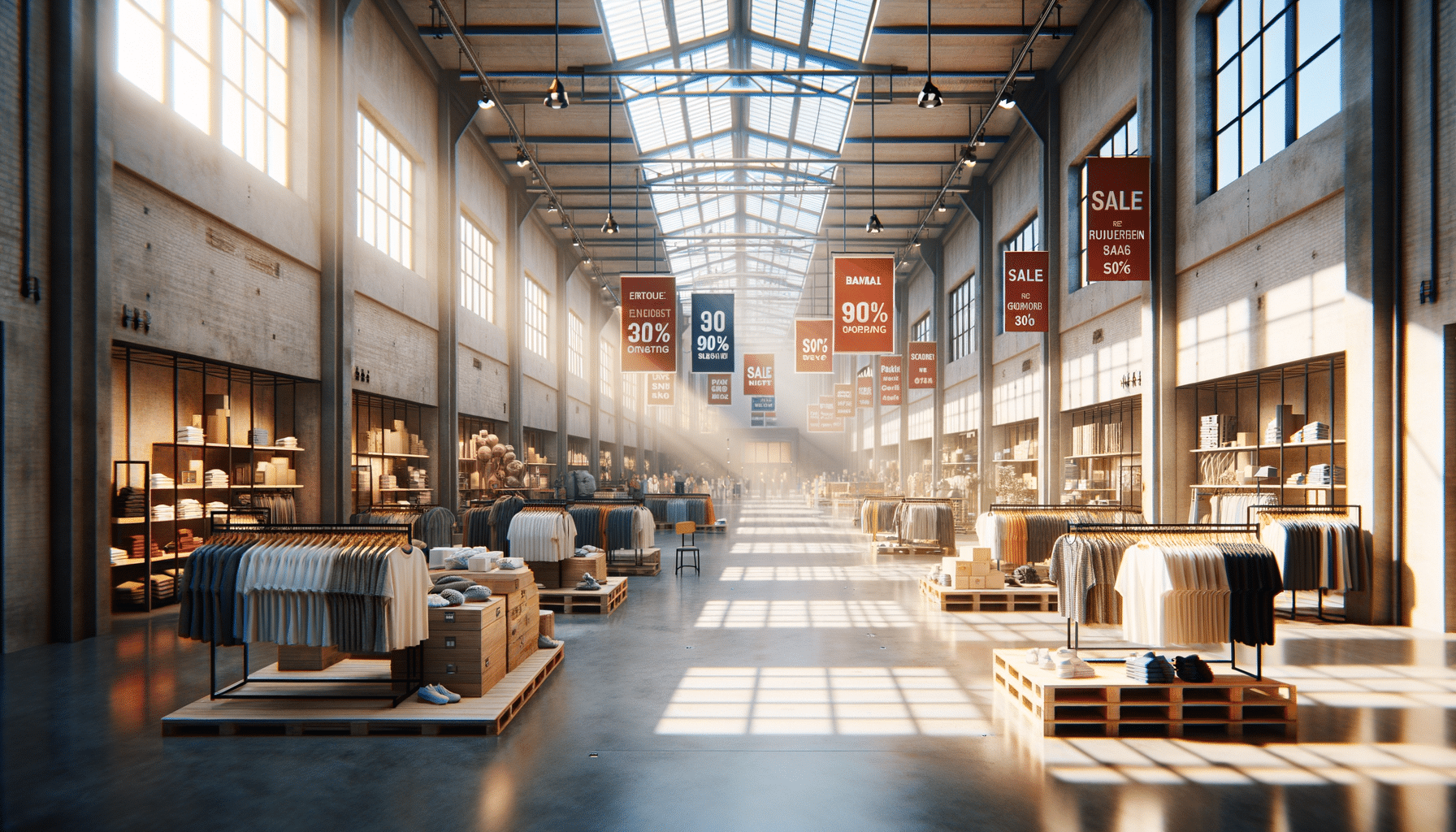
Creating Seamless Photo Composites in Photoshop
Crafting a seamless photo composite in Photoshop is an art that combines creativity with technical skill, allowing photographers and designers to bring their imaginative visions to life. Whether blending multiple images into a single masterpiece or creating fantastical scenes that defy reality, mastering this technique can elevate your post-production game to new heights.
Understanding Photo Composites
Photo composites involve merging different images to create a single, cohesive picture. This technique can be used to enhance visual storytelling or create surreal landscapes. The key is to ensure that the final image looks as natural and seamless as possible.
Expert Insights
According to seasoned photographer Alex Johnson, ‘The secret to a flawless composite is in the details. Every shadow, every highlight must align to create a unified image.’
Key Elements for Seamless Composites
- Lighting Consistency: Ensure all images have similar lighting to avoid any jarring differences.
- Color Matching: Use adjustment layers in Photoshop to match colors across images.
- Perspective Alignment: Maintain consistent perspectives to avoid a disjointed look.
Actionable Tips for Creating Photo Composites
Begin by selecting images with similar lighting conditions. Use layer masks for precise blending, and adjust color balance to unify the composite. Consider utilizing Photoshop’s ‘Blend If’ sliders to refine your image transitions.
Tools and Techniques
| Tool | Function |
|---|---|
| Layer Masks | Blend images with precision |
| Adjustment Layers | Match colors and tones |
| Clone Stamp | Replicate textures |
| Blend If | Refine transitions |
| Transform Tool | Adjust perspective |
| Smart Objects | Non-destructive editing |
| Pen Tool | Create precise selections |
| Brush Tool | Paint and refine edges |
Personal Anecdote
In my early days of photo editing, I struggled with shadows. One composite just didn’t look right until I realized the shadows in my images were inconsistent. Adjusting them made all the difference, and the composite finally felt cohesive.
Conclusion
Creating seamless photo composites in Photoshop requires practice and attention to detail. By focusing on lighting, perspective, and color consistency, you can transform your creative ideas into stunning visual realities. Remember, the tools and techniques are there to aid your vision—master them, and the possibilities are endless.
FAQs
What is the most important element of a photo composite?
Lighting consistency is crucial to ensure that the composite looks natural.
How can I match colors across different images?
Use adjustment layers and color balance tools in Photoshop to achieve color harmony.
What should I do if the images have different perspectives?
Utilize the ‘Transform’ tool to align perspectives and achieve a unified composite.


